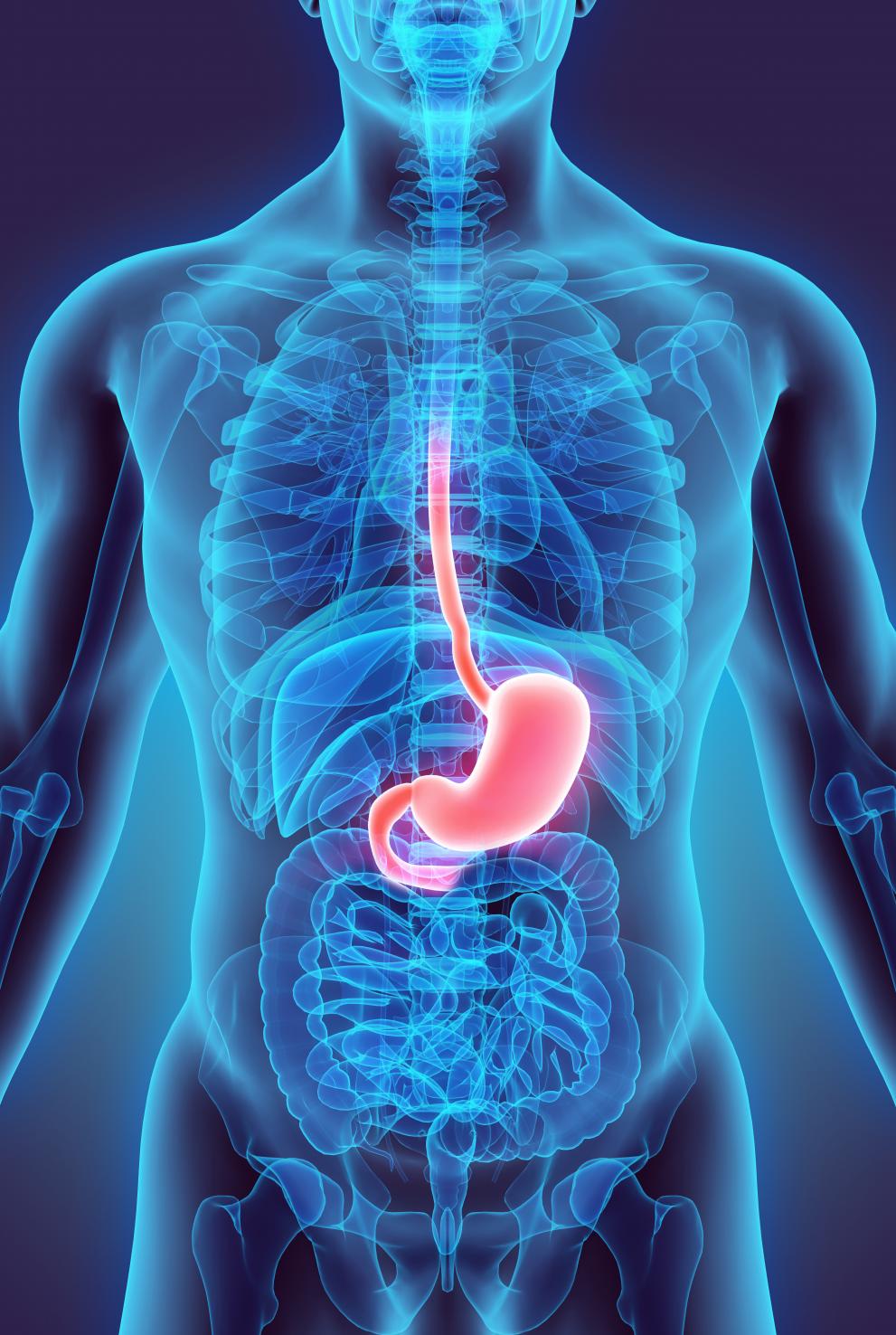
It was estimated that, in 2012, nearly 140,000 patients in Europe were newly diagnosed with cancer of the stomach, and 107,000 Europeans died from this disease.
There is variability in incidence and mortality across Europe, with the highest rates estimated in Eastern Europe. Estimated incidence in men was almost double that of women. The age distribution patterns are similar in most countrieds and the disease mainly affects the elderly.
Incidence and mortality rates for stomach cancer have declined since the 1930s, mainly due to control of Helicobacter pylori infection as this bacteria is considered the major risk factor. A European Study found a positive association between high intake of dietary antioxidants in the Mediterranean diet and reduced risk of SC.
These are some of the facts and findings presented in the most recent cancer factsheet published by the JRC in close collaboration with European Network of Cancer Registries (ENCR).
Stomach cancer (SC) is the eleventh in the series of cancer factsheets that provide an overview of the cancer disease burden in Europe. These factsheets collect, condense and communicate important Europe-wide data on the second most common cause of death in the European Union. Previous issues addressed Colorectal, Prostate, Lung, Breast, Melanoma, Cervical, Pancreatic, Bladder, Thyroid and Kidney cancers.
Reliable, comparable, high-quality data and indicators on cancer are essential for informing policy and improving EU health services dedicated to cancer prevention, control and care. Harmonized cancer data are critical for cancer research and to enable us to better understand differences in incidence, mortality and survival across regional and national boundaries.
Related Content
Details
- Publication date
- 11 May 2017
